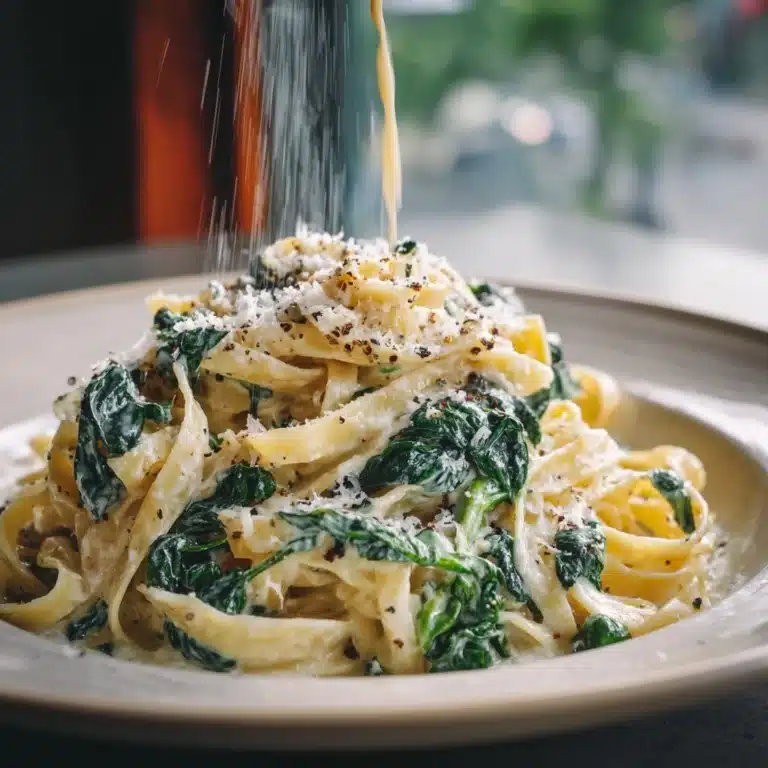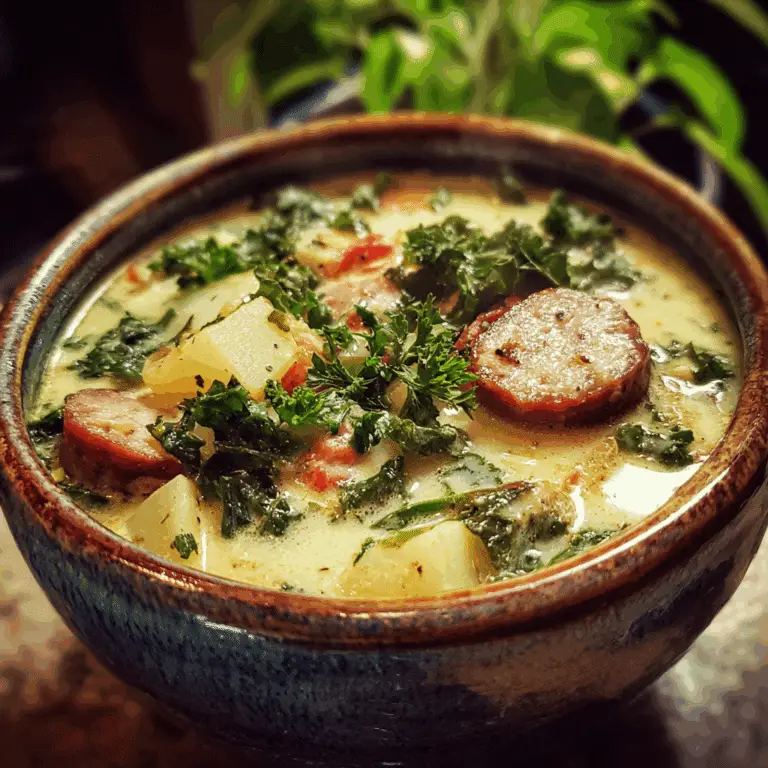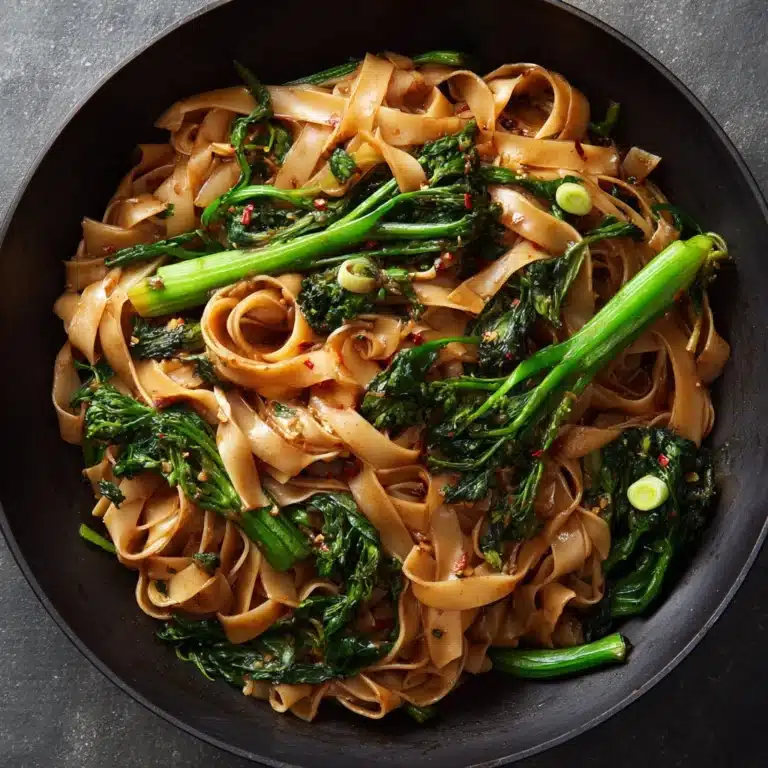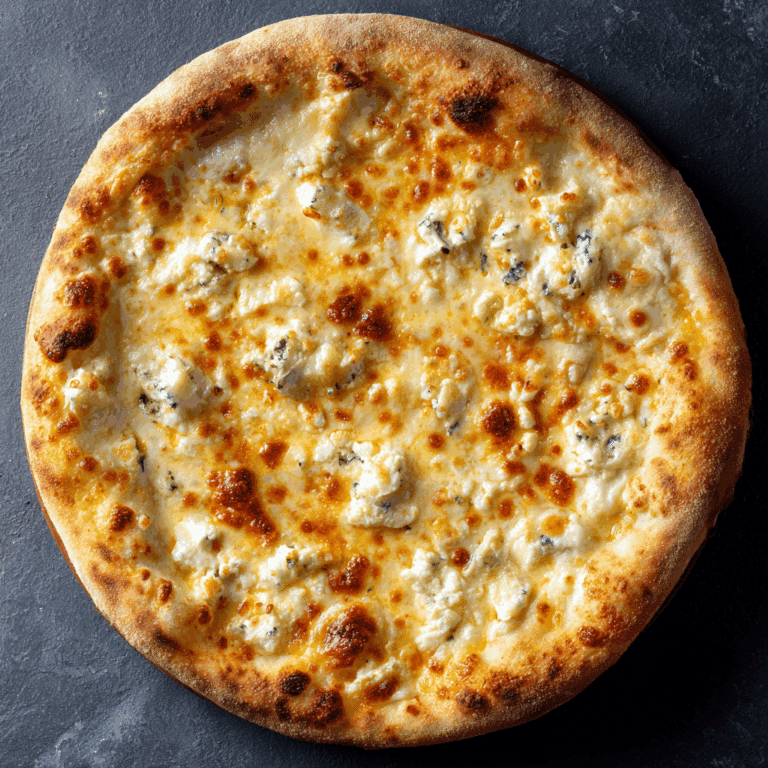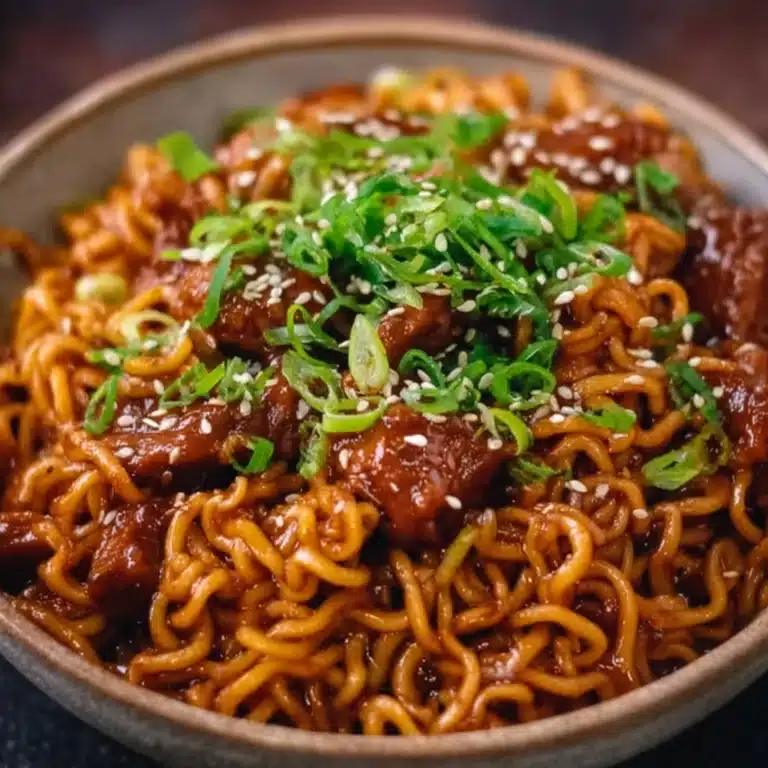15-min Recipe
If you’re craving a quick, satisfying noodle dish that captures the essence of Cantonese cooking without tying you to the stove for hours, this 15-min Easy Cantonese Soy Sauce Chow Mein is your new best friend. With chewy fresh chow mein noodles pan-fried alongside scallions, onions, and crunchy bean sprouts, all tossed in a delightful light soy sauce blend, this dish comes together lightning fast yet packs a wonderful depth of flavor and texture that will impress anyone at your table.
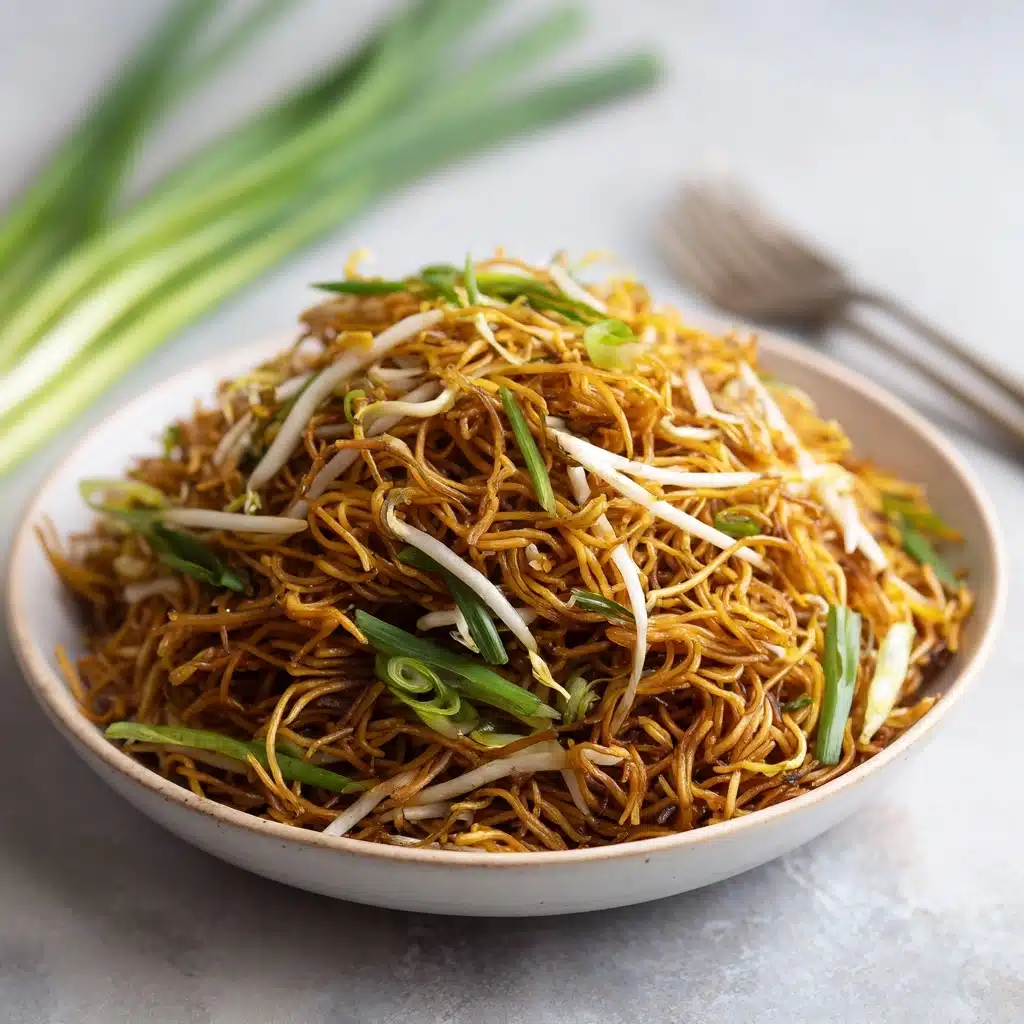
Ingredients You’ll Need
Getting great results starts with keeping your ingredients simple but purposeful. Each element here plays a crucial role in balancing taste, texture, and the authentic Cantonese vibe you’re after.
- 16 oz fresh chow mein noodles: The chewy foundation that absorbs the sauce perfectly without getting soggy.
- 2 cups mung bean sprouts: Adds a crisp, fresh crunch that contrasts beautifully with the tender noodles.
- 1 small onion, thinly sliced: Offers a mild sweetness that softens with cooking yet still wows your palate.
- 5 green onions, chopped into 1” pieces: Infuses freshness and a subtle sharpness that brightens the entire dish.
- 4 tablespoons vegetable oil: A neutral oil perfect for pan-frying without overpowering flavors.
- 2 tablespoons soy sauce (regular or light): Provides the savory umami backbone essential to Cantonese cooking.
- 1 tablespoon dark soy sauce: Brings a rich color and deeper flavor complexity.
- 1 tablespoon oyster sauce (or vegetarian stir fry sauce): Adds a luscious, slightly sweet depth that ties all flavors together.
- 1 tablespoon sesame oil: Sprinkles in a fragrant nuttiness that elevates the dish instantly.
- 2 tablespoons cold water: Helps balance the sauce intensity and prevent it from becoming too salty.
- 2 teaspoons white granulated sugar: Just enough sweetness to round out the savoriness.
- ¼ teaspoon chicken bouillon powder: Enhances overall flavor with an extra savory punch without heaviness.
How to Make 15-min
Step 1: Prepare Your Noodle Sauce
First things first — mix together your soy sauces, oyster sauce, sesame oil, cold water, sugar, and chicken bouillon powder in a small bowl or measuring cup. This quick sauce is the secret that elevates simple noodles to full-on crave-worthy status.
Step 2: Blanch the Noodles
Bring a large pan or wok with water to a rolling boil on high heat. Drop in your chow mein noodles and allow them to blanch for about 20 seconds — just enough to loosen without overcooking. Drain immediately and shake off any excess water to keep them from getting soggy.
Step 3: Sauté the Onions
Heat 2 tablespoons of vegetable oil in your wok or pan over medium heat. Toss in the thinly sliced onions and sauté until softened, about one minute. This quick cook releases their natural sweetness and forms an aromatic base for the noodles.
Step 4: Add and Pan-Fry the Noodles
Throw in your blanched chow mein noodles with the onions, then drizzle in the remaining vegetable oil. Stir well, coating every strand so that the noodles begin to get that light pan-fried texture you’re after.
Step 5: Pour on the Sauce and Toss In Veggies
Pour your prepared noodle sauce evenly over the noodles, mixing thoroughly with tongs or two spatulas to ensure every bite is coated. Finally, fold in the green onions and mung bean sprouts, stirring until combined and warmed through. Take it off the heat and get ready to serve!
How to Serve 15-min
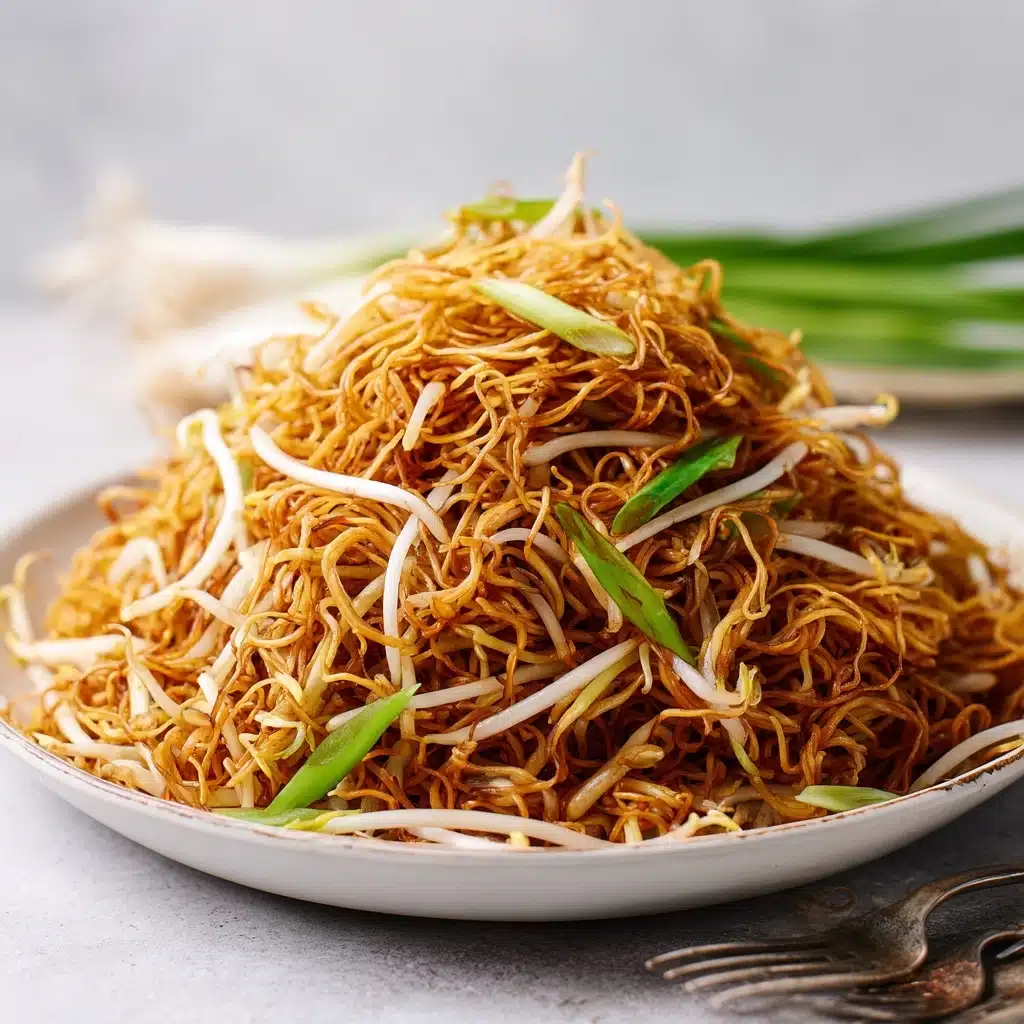
Garnishes
To amp up the freshness and visual appeal, sprinkle extra chopped green onions or a handful of toasted sesame seeds on top right before serving. For a touch of heat, a few thinly sliced fresh red chili rings are fantastic as well.
Side Dishes
This chow mein pairs beautifully with simple accompaniments like steamed bok choy or garlic sautéed snap peas. For a heartier meal, serve it alongside crispy spring rolls or your favorite dim sum items to round out an authentic Cantonese feast.
Creative Ways to Present
Make your 15-min chow mein pop by serving it in small individual cast iron skillets for a rustic touch or in shallow bowls with a drizzle of extra sesame oil on top. Wrapping some noodles inside lettuce leaves for a hand-held bite version is also a playful twist that guests love.
Make Ahead and Storage
Storing Leftovers
Once cooled, store your leftover chow mein in an airtight container in the refrigerator for up to 2 days. The noodles may firm up slightly, but a quick stir-fry refresh will bring them back to life.
Freezing
While you can freeze this dish, be aware that the bean sprouts and green onions don’t hold up well to freezing and thawing. If you plan on freezing, leave the sprouts and green onions out and add fresh ones when reheating.
Reheating
For the best texture, reheat leftover chow mein in a hot pan with a splash of oil over medium heat, tossing frequently until warmed through. Avoid microwaving when possible to keep the noodles chewy and fresh.
FAQs
Can I use dried chow mein noodles for this recipe?
Dried noodles can work, but fresh chow mein noodles are preferred for their softness and chewiness. If using dried, boil them according to package instructions and proceed with blanching as outlined.
Is there a vegetarian option for the oyster sauce?
Absolutely! Swap oyster sauce with vegetarian or mushroom stir-fry sauce made from mushrooms for that umami depth without animal products.
Can I add protein to this 15-min chow mein?
Yes! Toss in cooked shrimp, thinly sliced beef, or shredded chicken during the last minutes of cooking to turn this side into a complete meal.
What if I don’t have chicken bouillon powder?
It’s optional but highly recommended for flavor. If you don’t have it, a pinch of salt or a tiny dash of soy sauce can do as a substitute.
How do I prevent the noodles from sticking together?
Blanching noodles briefly and tossing them immediately with oil helps prevent sticking. Also, avoid overcooking during the blanch step to preserve texture.
Final Thoughts
This 15-min Easy Cantonese Soy Sauce Chow Mein is the kind of recipe you’ll want bookmarked and ready for any night when time is short but flavor can’t be compromised. It’s effortless, vibrant, and seriously delicious — trust me, once you try it, it’ll become a go-to in your kitchen. So grab those noodles and get cooking; your taste buds will thank you!

